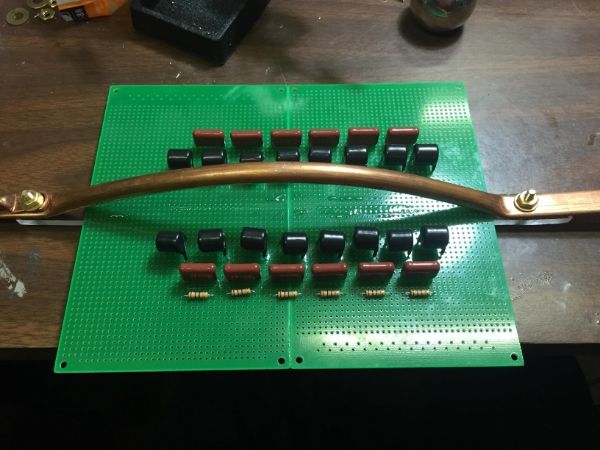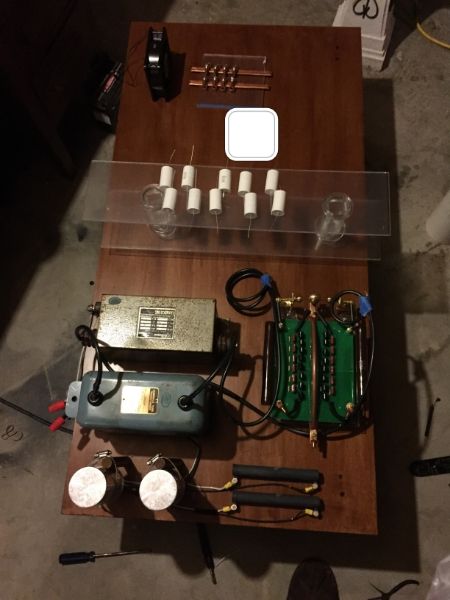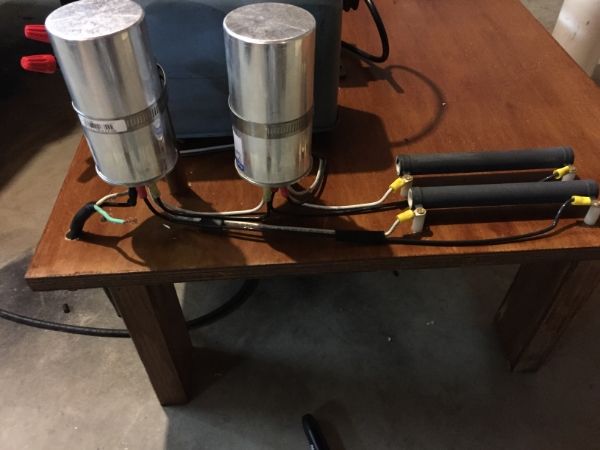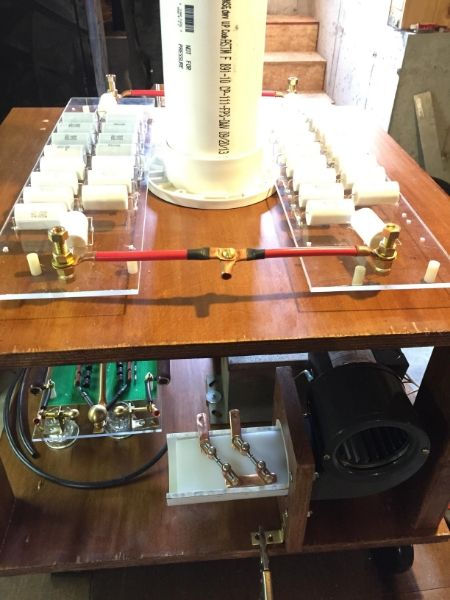- Joined
- Jan 14, 2009
- Messages
- 1,452
- Points
- 83
Thanks 
Nice , I did want to try something like that with the 2" x 2.2" secondary I had and run it with a boost charging a single storage cap at 400v and plus it at 0.5Hz
I was getting 9.5" arcs from the secondary and low rep rates means I can ditch large heat sinks
Running from a fixed frequency driver worked pritty well , though hard switching was a problem but at the low reps It wasnt a real issue
Nice , I did want to try something like that with the 2" x 2.2" secondary I had and run it with a boost charging a single storage cap at 400v and plus it at 0.5Hz
I was getting 9.5" arcs from the secondary and low rep rates means I can ditch large heat sinks
Running from a fixed frequency driver worked pritty well , though hard switching was a problem but at the low reps It wasnt a real issue
Last edited:














